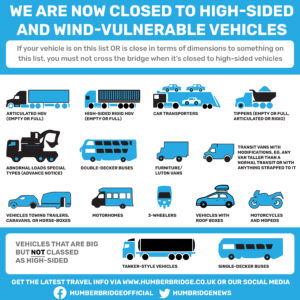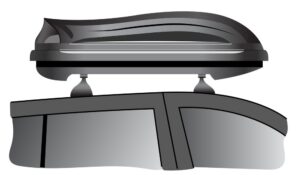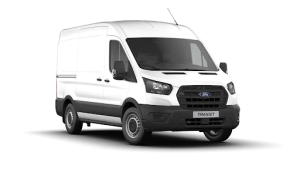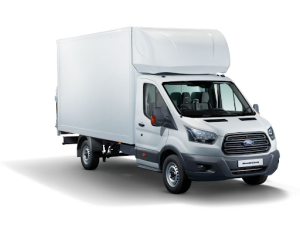“Please note that due to our upcoming new tolling system, Humber Bridge Toll, the information on this page may be subject to change. For more information, please click here…“
During high winds, we are required to restrict certain types of vehicles from crossing the bridge. This is purely in the interest of protecting all bridge users, staff, members of the public, and the structure itself.
PLEASE REFER TO THE FOLLOWING CHART FOR ALL VEHICLES WHICH CANNOT CROSS WHEN WIND RESTRICTIONS ARE IN EFFECT.

Drivers of restricted vehicles should plan and choose an alternative route for their journey. Restricted vehicles arriving at the bridge will be diverted off the bridge by staff.
There are variable message signs operated by Highways England, which warn of restrictions on the approaches to the bridge. We also provide updates via our social media:
- @HumBridgeNews (Twitter)
- @HumberBridgeOfficial (Facebook)
Please check the above before starting your journey.
ROOF BOXES
When wind restrictions are in effect, cars with roof boxes will be unable to cross the bridge. This is for a variety of reasons. For example, the extra height of the box will make the vehicle more sensitive to crosswinds. Also, if the box is not secured correctly, it has the potential to become a hazard.

STANDARD VANS VS TRANSIT VANS
If it is a standard transit van 3.5 tonne it should be okay, as pictured below. The profile deflects the wind as is curved:

If it is a transit van, as pictured below, then it cannot cross, the square/boxed shape does not allow the wind to flow through/around the vehicle safely:

Frequently Asked Questions
Because the Barton Interchange sits on a high-speed road and requires a full formal traffic management scheme which we don’t have available. The knock-on effect is that it causes congestion at Barton.
We have tried and in an ideal world this would work but motorists are not compliant enough when given this advice.
We would have to have staff in the live traffic to manage the filter. This would be high-risk and not all motorists are compliant.
The height of the vehicle does not always dictate if it is safe to cross. It can be about the aerodynamics, weight and size of a vehicle.
Because we reroute vehicles through our car parks via a side road before the bridge begins.
If a vehicle is involved in an incident, we will seek damages to cover the cost of recovery operations and the driver may face criminal prosecution. Ignoring the bridge’s closed status can, therefore, have serious consequences for drivers of high-sided and vulnerable vehicles.
Sometimes this is because drivers don’t know they are high-sided, for example, if a member of the public has hired a van for the day. In other circumstances, however, some drivers will deliberately ignore the ‘closed to high sided and vulnerable vehicles’ status and continue on to the bridge.
We rely on members of the public to take responsibility for their safe conduct and decide by following the Highway Code.
We have weather sensors on the Humber Bridge which are linked to the bridge status on www.humberbridge.co.uk. We advise that you check this before making your journey so that you can factor in any delays that may occur due to High Winds. We also update the Humber Bridge Facebook and Twitter.
Although there is no definitive list of what constitutes a high-sided or vulnerable vehicle, we issue our own list of the vehicles that should not cross the bridge in high winds. This is based on historical data of which vehicles are most vulnerable to high winds, with input from the Road Haulage Association and the emergency services.
The list includes:
- Three wheeled-vehicles
- Motorcycles
- Mopeds
- Furniture/Luton vans
- Transit vans with modifications
- Articulated HGV (full or empty)
- Vehicles drawing a trailer or caravan
- Motor homes
- High-sided rigid HGV
- Articulated/rigid tipper (full or empty)
- Car transports
- Double-decker buses
- Abnormal loads – special types
- Cars with roof boxes
The decision is based on the strength and direction of the wind on the bridge. It is the sudden gusts that most often cause vehicles to overturn.
The Humber Bridge Board closes the bridge to high-sided and vulnerable vehicles when the wind becomes so strong it poses a threat to the safety of bridge users. When we do this, the safety of the thousands of people who use the Humber Bridge on a daily basis is the number one priority.